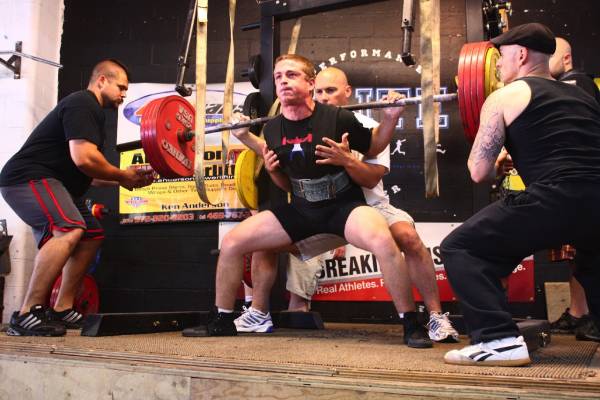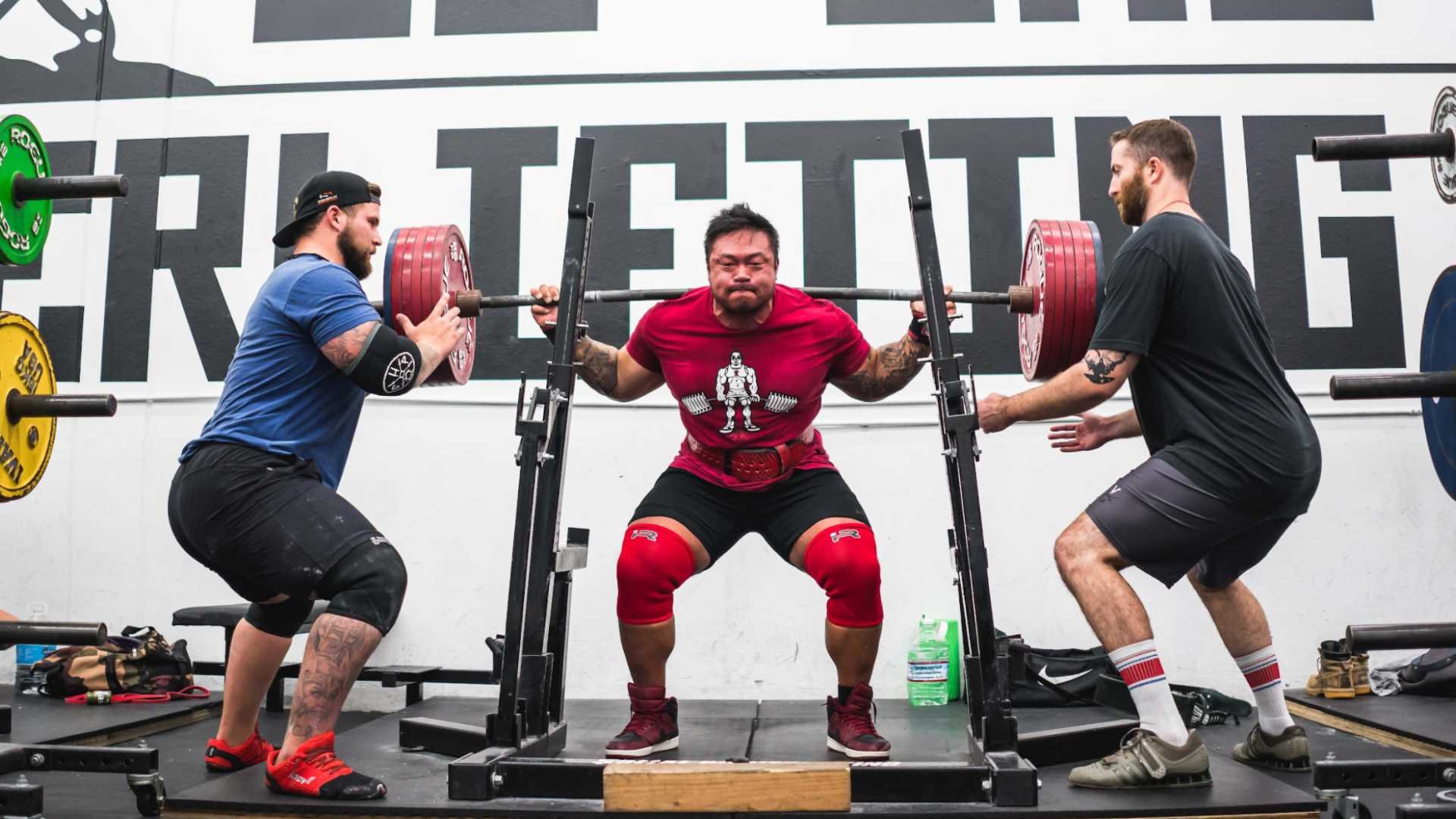
The Art of the Spot: A Guide to Safe and Effective Spotting in Powerlifting
In any serious powerlifting gym, the bond between a lifter and their spotter is one of absolute trust. A good spotter does more than just prevent accidents; they provide the confidence a lifter needs to push their limits safely. However, a bad spot can be distracting, ineffective, or even dangerous. Knowing how to spot correctly is a fundamental skill that makes the entire gym a safer and more productive environment. This guide will teach you the art and etiquette of being a great spotter for the squat and bench press.
Disclaimer: Never spot a lift you are not confident you can handle. If a weight is too heavy for you to safely assist with, ask for help.

The Spotter's Mindset: Attentive and Prepared
Your primary goal is the lifter's safety. This requires your full attention.
-
Communicate Before the Lift: Always ask the lifter how many reps they are aiming for and if they want a "lift-off" on the bench press. Ask them what they want you to do if they struggle: "Do you want me to help you finish the rep, or take the bar completely?"
-
No Distractions: Put your phone away. Don't chat with other people. Your eyes are on the lifter and the bar from the moment they get under it until it's safely racked.
-
Be Confident: A nervous spotter makes for a nervous lifter. Be calm, focused, and ready.
How to Spot the Squat
Spotting a heavy squat can be intimidating, but the principles are straightforward.
-
Positioning: Stand close behind the lifter, but not so close that you impede their movement. Adopt a strong, athletic stance with your feet wide and your hips low.
-
Hand Placement: Your hands should "shadow" the lifter's torso, hovering a few inches away under their chest and armpits without touching them. Do not spot the bar itself. Spotting the bar can throw off the lifter's balance. You are there to catch the lifter, not the bar.
-
When to Intervene:
-
If the lifter stalls and begins to descend after starting the upward movement.
-
If the lifter pitches forward significantly and loses their balance.
-
If the lifter explicitly asks for help ("Take it!").
-
-
How to Intervene:
-
Close the distance quickly.
-
Wrap your arms firmly around their upper chest/torso.
-
Use your legs and back (like a deadlift) to help guide them and the bar upright.
-
Both you and the lifter should work together to guide the bar back into the rack.
-
How to Spot the Bench Press
This is the lift where a spotter is most critical.
-
The Lift-Off (If Requested):
-
Communicate with the lifter to establish a countdown (e.g., "3, 2, 1, lift").
-
Use a mixed grip on the bar and help guide it out of the rack to a stable position over the lifter's chest.
-
Once the lifter has control, release the bar and immediately get into your spotting position.
-
-
Positioning: Stand close to the head of the bench with your feet in a stable stance. Keep your hips low.
-
Hand Placement: Keep your hands close to the bar, ready to intervene, but don't touch it unless necessary. An over-under (mixed) grip is often best for controlling the bar.
-
When to Intervene:
-
If the bar stops moving upwards and begins to descend.
-
If the bar starts to tilt dangerously to one side.
-
If the lifter asks for help.
-
-
How to Intervene:
-
Firmly grip the bar with both hands.
-
Assist them in pressing the bar back up to a locked-out position. Do not yank the bar up. Help them complete the movement smoothly.
-
Guide the bar back into the J-hooks.
-
The Deadlift: To Spot or Not to Spot?
In general, you do not spot the deadlift in the same way you spot a squat or bench. The lifter can safely drop the bar if they fail. A spotter standing too close can be a distraction and a hazard. The best way to "spot" a deadlift is to:
-
Keep the area clear.
-
Provide encouragement.
-
Watch for technical breakdown and provide feedback after the set.
-
In a rare case of a lifter passing out (which can happen after a maximal attempt due to blood pressure changes), be ready to help guide them safely to the floor.
Being a good spotter is a core responsibility within the lifting community. It builds trust, fosters a safe environment, and enables everyone to train with greater confidence. By communicating clearly, remaining attentive, and understanding the correct technique for spotting each lift, you become an invaluable asset to your training partners and your gym.
What's your number one tip for being a great spotter? Share it in the comments below!








